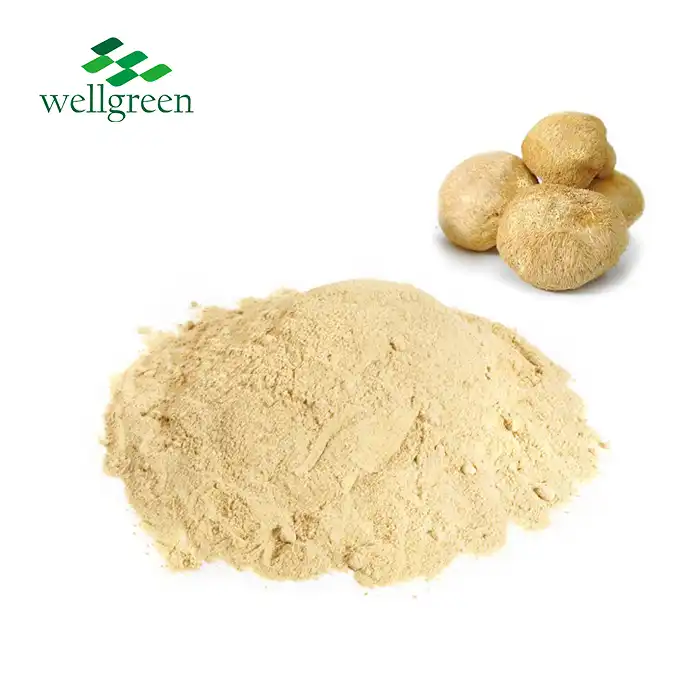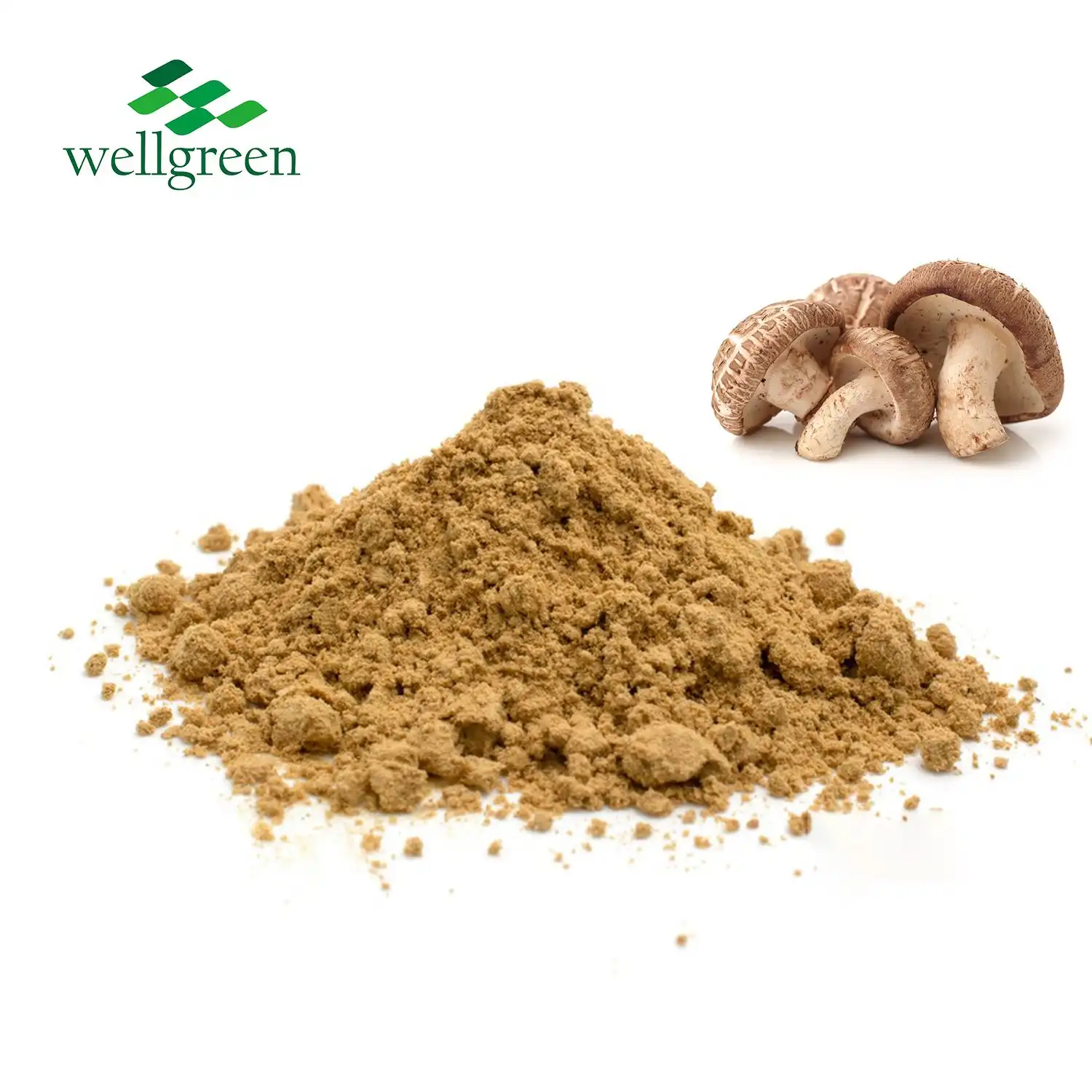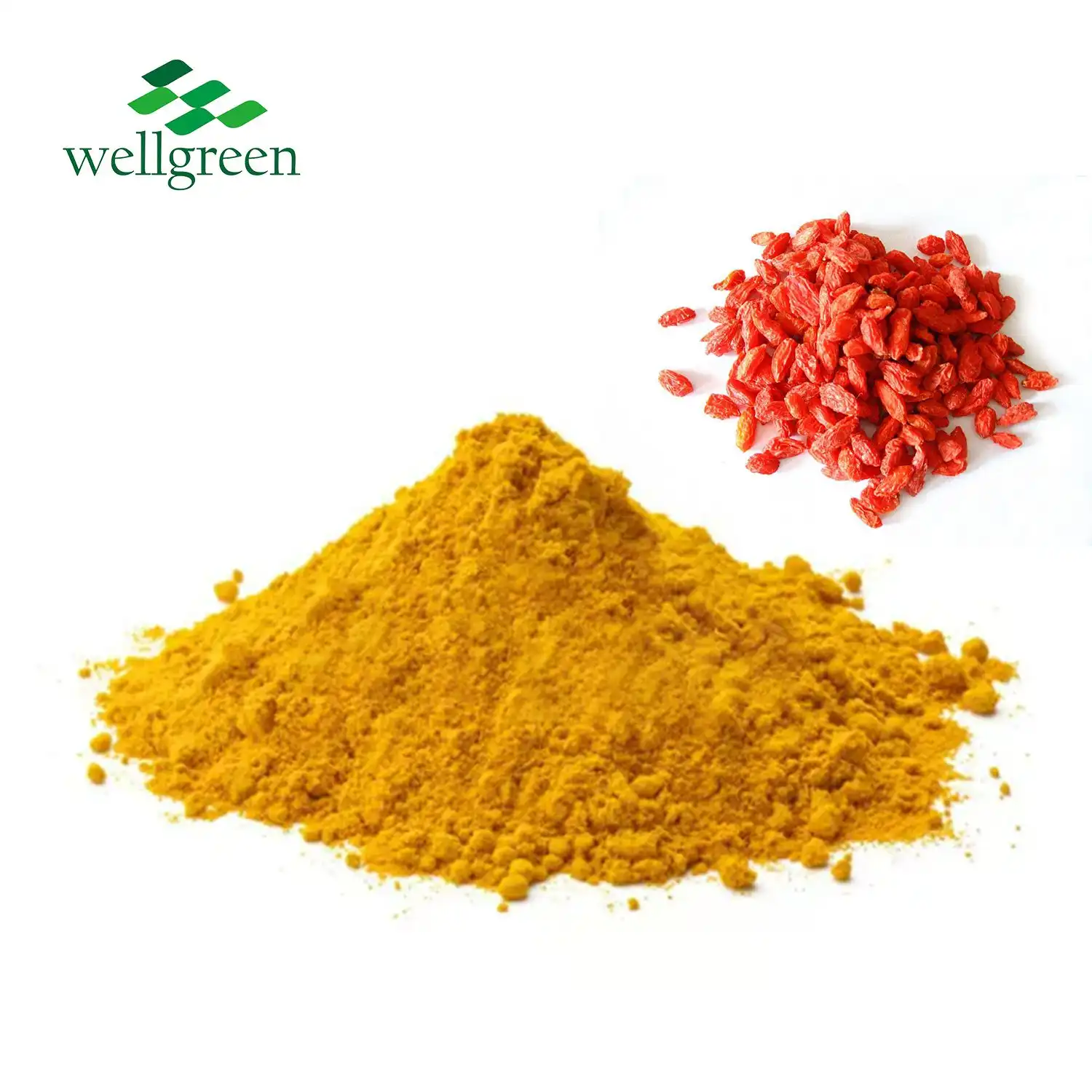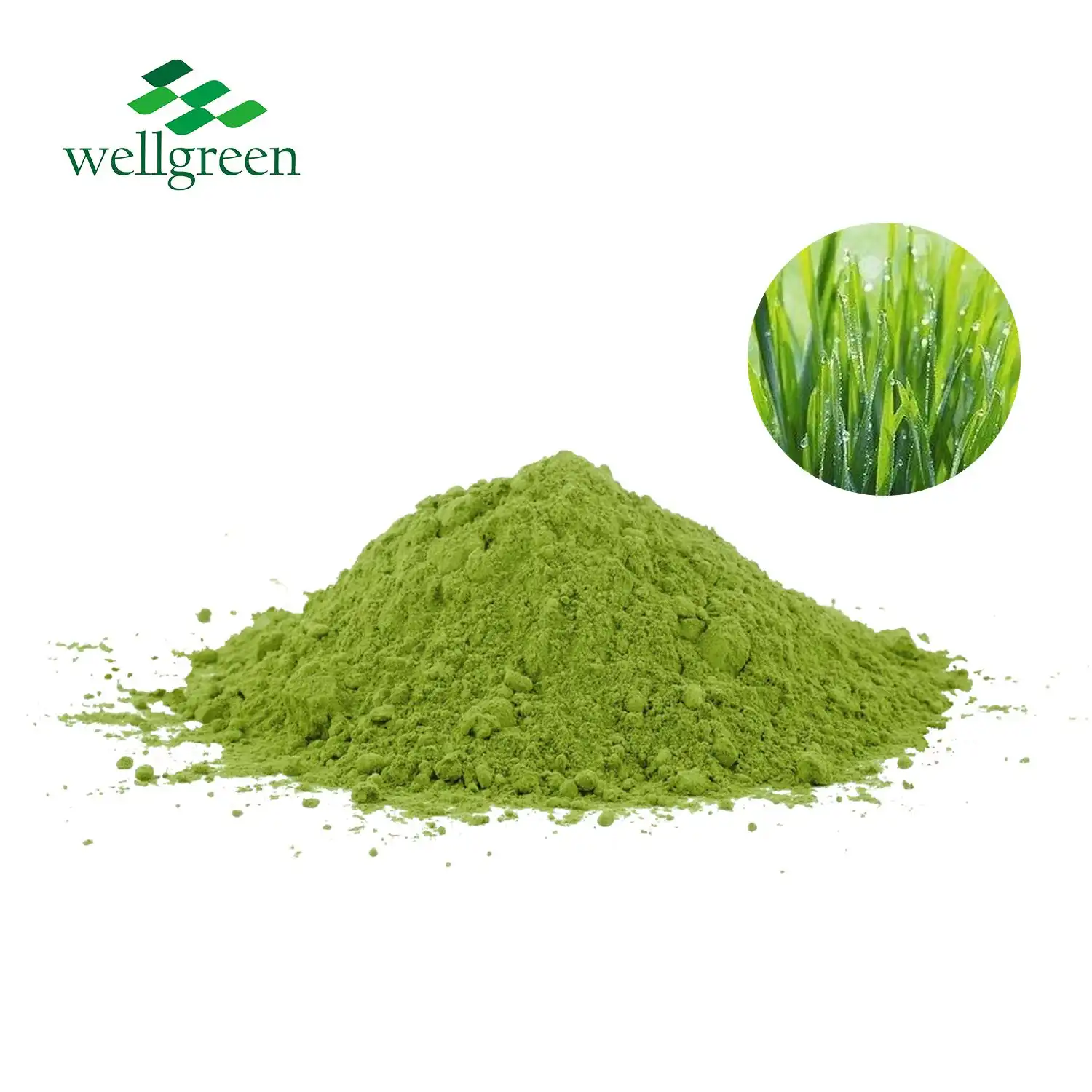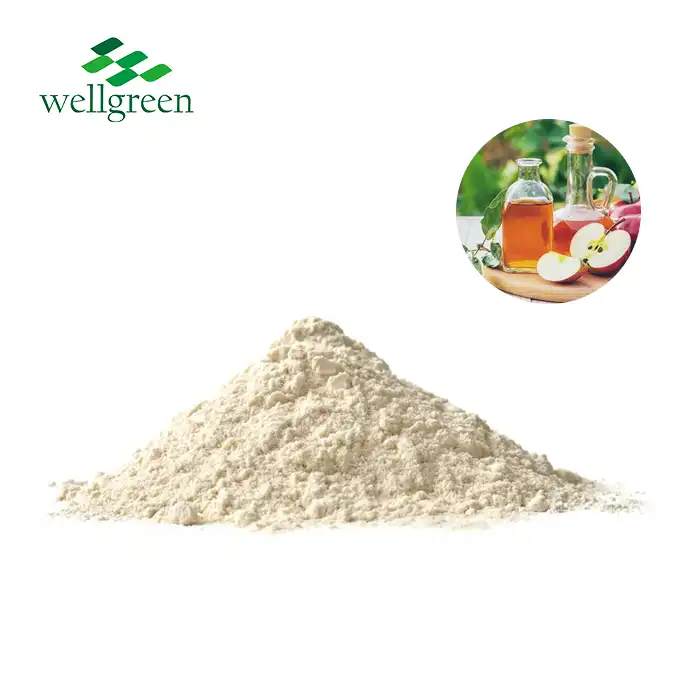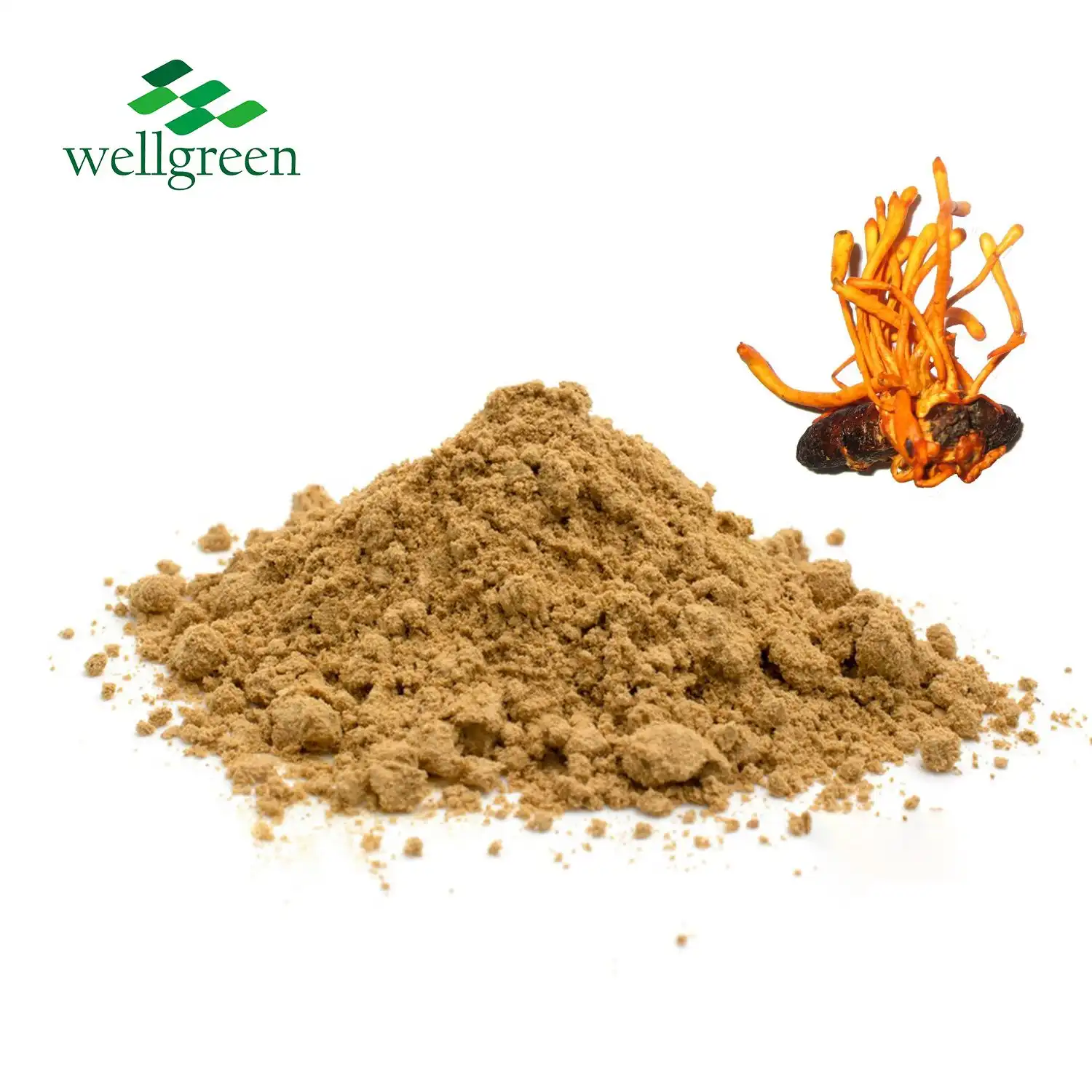Why Prickly Pear Extract Is a Powerful Natural Antioxidant?
2025-07-28 13:46:14
Prickly pear extract, derived from the prickly pear cactus (Opuntia ficus-indica), has emerged as a potent natural antioxidant powerhouse. This remarkable extract boasts an impressive array of bioactive compounds, including polyphenols, flavonoids, and betalains, which work synergistically to combat oxidative stress and neutralize harmful free radicals in the body. Its exceptional antioxidant capacity stems from its unique phytochemical profile, which offers superior free radical scavenging abilities compared to many other plant-based extracts. Moreover, prickly pear extract's antioxidant prowess extends beyond mere cellular protection, demonstrating potential benefits for cardiovascular health, inflammation reduction, and even skin rejuvenation. As we delve deeper into the science behind this desert gem, it becomes clear why prickly pear extract is gaining recognition as a powerful natural antioxidant in the world of nutraceuticals and functional foods.

What Antioxidants Are Found in Prickly Pear Extract?
Polyphenols: The Backbone of Antioxidant Power
Prickly pear extract is rich in polyphenolic compounds, which form the foundation of its antioxidant capabilities. These diverse molecules include flavonoids, phenolic acids, and tannins. Quercetin, a prominent flavonoid in prickly pear extract, has been shown to possess potent antioxidant and anti-inflammatory properties. Isorhamnetin, another flavonoid found in abundance, demonstrates strong free radical scavenging abilities and potential neuroprotective effects.
Betalains: Unique Pigments with Antioxidant Punch
One of the most distinctive features of prickly pear cactus extract is its high content of betalains, water-soluble pigments that give the cactus fruit its vibrant colors. Betanin and indicaxanthin are the primary betalains present, and they exhibit remarkable antioxidant activity. These compounds not only neutralize free radicals but also have been shown to protect cellular components from oxidative damage. Their unique chemical structure allows them to cross cell membranes easily, providing antioxidant protection at the intracellular level.
Vitamin C and Other Antioxidant Vitamins
Prickly pear extract also contains significant amounts of vitamin C, a well-known antioxidant that plays a crucial role in maintaining overall health. This water-soluble vitamin not only acts as a powerful antioxidant on its own but also helps regenerate other antioxidants in the body, such as vitamin E. Additionally, the extract contains other antioxidant vitamins like vitamin E and beta-carotene, which work in concert to provide comprehensive protection against oxidative stress.
Free Radical Protection and Cellular Health Benefits
Neutralizing Reactive Oxygen Species
The antioxidants in prickly pear extract excel at neutralizing reactive oxygen species (ROS), which are unstable molecules that can damage cellular structures. By donating electrons to these free radicals, the antioxidants in prickly pear extract effectively neutralize them before they can cause harm. This protective action helps maintain cellular integrity and prevents oxidative stress-induced damage to DNA, proteins, and lipids. Research has shown that prickly pear extract can significantly reduce markers of oxidative stress in various experimental models, highlighting its potent free radical scavenging abilities.
Enhancing Cellular Defenses
Beyond direct neutralization of free radicals, prickly pear extract also bolsters the body's innate antioxidant defenses. Studies have demonstrated that compounds in the extract can upregulate the expression of antioxidant enzymes such as superoxide dismutase, catalase, and glutathione peroxidase. These enzymes form a crucial part of the body's antioxidant defense system, helping to maintain redox balance and protect cells from oxidative damage. By enhancing the production and activity of these enzymes, prickly pear extract provides a dual approach to cellular protection – both direct neutralization of free radicals and strengthening of the body's natural antioxidant mechanisms.
Mitochondrial Protection and Energy Production
The antioxidants in prickly pear extract have shown particular promise in protecting mitochondria, the powerhouses of cells. Mitochondria are especially vulnerable to oxidative stress due to their role in energy production. By safeguarding these crucial organelles, prickly pear extract may help maintain optimal cellular energy production and metabolism. Some studies suggest that the antioxidants in prickly pear extract can improve mitochondrial function and efficiency, potentially leading to enhanced overall cellular health and energy levels.

Comparing Antioxidant Levels in Prickly Pear and Other Superfoods
ORAC Value Comparison
The Oxygen Radical Absorbance Capacity (ORAC) is a standardized method for measuring the antioxidant capacity of various foods and supplements. Prickly pear extract has demonstrated impressive ORAC values, often surpassing those of many well-known superfoods. In comparative studies, prickly pear extract has shown higher ORAC values than blueberries, pomegranates, and even green tea. This high antioxidant capacity is attributed to the synergistic effects of its diverse array of bioactive compounds, particularly the unique combination of betalains and polyphenols.
Unique Antioxidant Profile
While many superfoods boast high levels of specific antioxidants, prickly pear cactus extract stands out for its diverse and unique antioxidant profile. The presence of betalains, which are rare in the plant kingdom, sets prickly pear cactus extract apart from other antioxidant-rich foods. These pigments, combined with the extract's high polyphenol content, create a synergistic effect that may enhance overall antioxidant activity. Some studies suggest that the antioxidant compounds in prickly pear cactus extract may have better bioavailability and stability compared to those found in other plant sources, potentially leading to more efficient absorption and utilization by the body.
Antioxidant Stability and Bioavailability
An often overlooked aspect of antioxidant comparison is the stability and bioavailability of the compounds. Prickly pear extract has shown remarkable stability under various processing and storage conditions, maintaining its antioxidant activity even after exposure to heat or light. This stability is particularly important for the food and supplement industry, as it ensures that the antioxidant benefits are preserved throughout the production and shelf life of products. Moreover, studies on the bioavailability of prickly pear antioxidants have yielded promising results, suggesting that these compounds are readily absorbed and utilized by the body, potentially offering more efficient antioxidant protection compared to some other plant-based sources.
Conclusion
Prickly pear extract stands out as a powerful natural antioxidant due to its unique and diverse phytochemical profile. Its impressive array of polyphenols, betalains, and vitamins work synergistically to provide potent free radical protection and enhance cellular health. The extract's high ORAC value, coupled with its stability and bioavailability, positions it as a superior antioxidant source compared to many other superfoods. As research continues to uncover the full potential of prickly pear extract, it's clear that this desert plant offers a wealth of health benefits, making it a valuable addition to antioxidant-rich diets and supplement regimens.
Contact Us
Interested in harnessing the power of prickly pear extract for your products? Contact Xi'an wellgreen today at wgt@allwellcn.com to learn more about our high-quality prickly pear extract and how it can enhance your antioxidant offerings.
References
1. Fernández-López, J. A., et al. (2020). "Chemical and physiological properties of prickly pear fruits and cladodes: A review." Critical Reviews in Food Science and Nutrition, 60(19), 3221-3237.
2. Allegra, M., et al. (2019). "The effect of betalains on the oxidative stability of LDL: in vitro and ex vivo studies." Free Radical Research, 53(7), 815-825.
3. Antunes-Ricardo, M., et al. (2018). "Betalains: Emerging prospective compounds for food coloring and health-promoting properties." Comprehensive Reviews in Food Science and Food Safety, 17(5), 1361-1381.
4. Sánchez-Tapia, M., et al. (2017). "Nopal (Opuntia ficus indica) protects from metabolic endotoxemia by modifying gut microbiota in obese rats fed high fat/sucrose diet." Scientific Reports, 7(1), 4716.
5. El-Mostafa, K., et al. (2014). "Nopal cactus (Opuntia ficus-indica) as a source of bioactive compounds for nutrition, health and disease." Molecules, 19(9), 14879-14901.
6. Feugang, J. M., et al. (2006). "Nutritional and medicinal use of Cactus pear (Opuntia spp.) cladodes and fruits." Frontiers in Bioscience, 11, 2574-2589.

